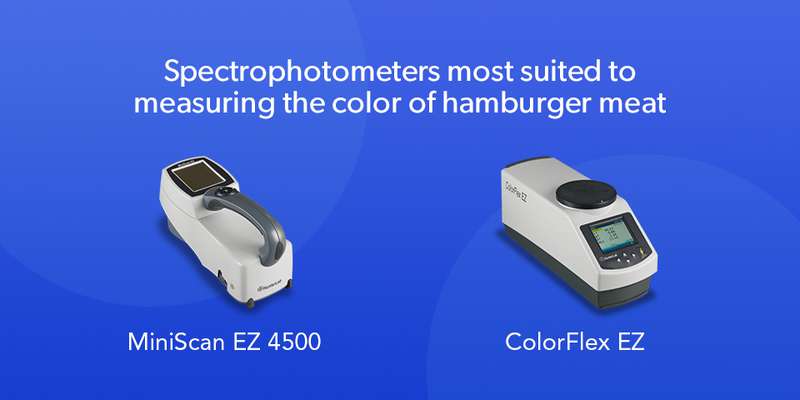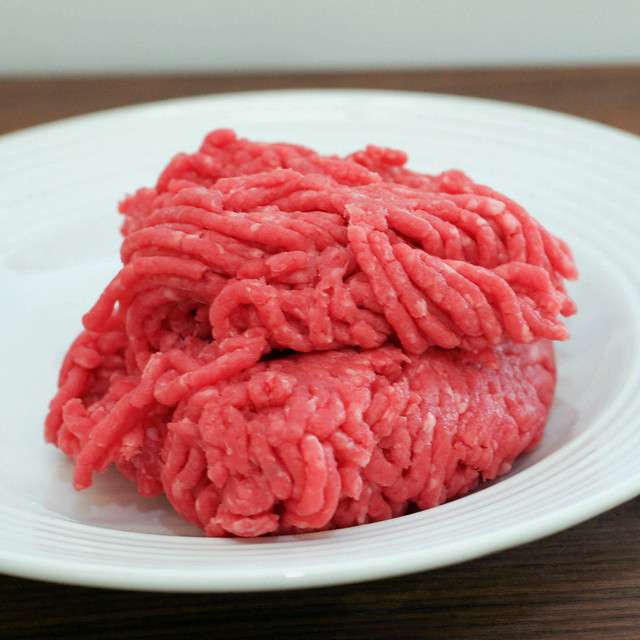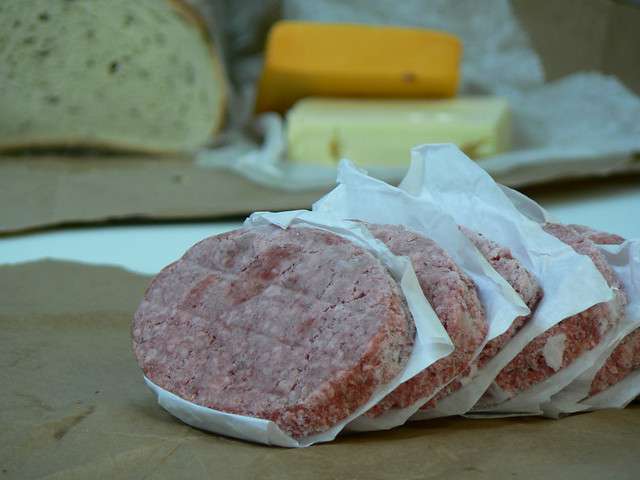Processing Benefits of Hamburger Meat Color Measurement
While the effects of color measurement play out primarily in-store, this process also offers significant benefits within manufacturing, processing, and distribution efforts. In any facility that works with meat, there are ample safety and quality checks along the way to ensure the meat stays within holding regulations until it goes to the public.
Using spectrophotometers and other color measurement devices adds another checkpoint meat needs to go through. When color measurement reveals meat in the early stages of discoloration, this can be treated accordingly, saving the meat from going to the masses. This stage may also offer another point where managers can test meat for more than color, including instances of bacterial contamination and other harmful missteps.
This extra check can do wonders for maintaining or developing a brand's reputation. When you distribute only the freshest meats, consumers start seeing you as a trustworthy supplier that cares about their safety and preferences. Where other brands may fall short with the occasional miscolored meat, a brand working with HunterLab can avoid such pitfalls, increasing sales and even drawing in those who were committed to shopping with other brands.
Monitoring Frozen Ground Beef Quality
While my mother always relied on butcher fresh ground beef, I must admit that I have grown accustomed to stocking my freezer with the frozen tube style hamburger patties that can be ready on a moment's notice. Since many of our summertime BBQs are impromptu and consist of my teenage boys and a handful of their friends, quality, and convenience (plus a large number of patties to accommodate the appetite of growing boys) are my main priority. However, that does not mean that I am willing to skimp on quality.
Not all frozen hamburger patties are created equal, and once again, color is a strong indicator of quality in frozen meats. Color stability can also diminish in sub-zero temperatures, though at a much slower rate. Therefore it is important that meat is packaged and frozen at the peak of freshness to preserve color quality. Since changes in meat color involve the concentration of myoglobin and its response to oxidization, it is important to monitor color throughout production as effects on color can vary throughout processing, packaging, and storage. These changes are highly sensitive and require objective color assessment and continuous monitoring to ensure that optimal product color is maintained.
Spectrophotometers effectively measure color by emulating human eye functioning while controlling the viewing angle and light source. Isolating these variables reduces errors in perception and enables consistent quantification of color. Continual color assessment monitors real-time changes to help avoid loss of quality and can alert producers to possible product contamination.
The Right Choice in Color Measurement
While color matters in any food you process, buyers pay special attention to exploring coloration in fresh produce and meat. When measuring the color of hamburger meat and similar products, any facility needs industry-leading spectrophotometers to gauge their results. And for over 70 years, that's exactly what HunterLab has delivered.
HunterLab recognizes that different foods have different color measurement needs, which is why our equipment is highly specified. These two spectrophotometers are most suited to measuring the color of hamburger meat, beef, chicken, and other animal products:

MiniScan EZ 4500
HunterLab equipment thrives through the use of directional geometry to measure the color of hamburger meat and other meat types as perceived through the human eye. The MiniScan EZ 4500 makes it easier than ever to gauge these measurements anywhere in your facility, with only a 3-second interval between measurements and enough room to store 800 measurements. As a handheld tool, it takes up no bench space, leaving you plenty of room to perform operations as usual.
ColorFlex L2
The ColorFlex L2 offers the same powerful software in a compact benchtop solution that connects to computers, printers, and other data collection tools. As with the MiniScan EZ 4500, proprietary onboarding software offers exact numerical measurements using the most common color indices and scales in the food industry. HunterLab equipment will work for you, not the other way around.
Request a Quote Today
Whether fresh or processed, refrigerated or frozen, ground beef requires objective color analysis to ensure that guidelines are followed and quality is guaranteed. HunterLab is a leading name in spectrophotometric technology and was the first to receive USDA approval for the evaluation of food color.
Major beef producers depend on HunterLab instrumentation to meet their color analysis needs. From large production plant monitoring to research and testing methods for creating better products, HunterLab spectrophotometers are specifically designed for use in the agricultural and meat production industries. Choices in spectrophotometers can vary, but in order to ensure quality and accurate data for meat color analysis, beef producers must select reliable technology.
HunterLab’s line of color measurement tools and spectrophotometers are designed specifically to meet industry needs. We work closely with leaders in meat science research and are continually developing products to help industries remain competitive. Contact HunterLab today to learn more.






